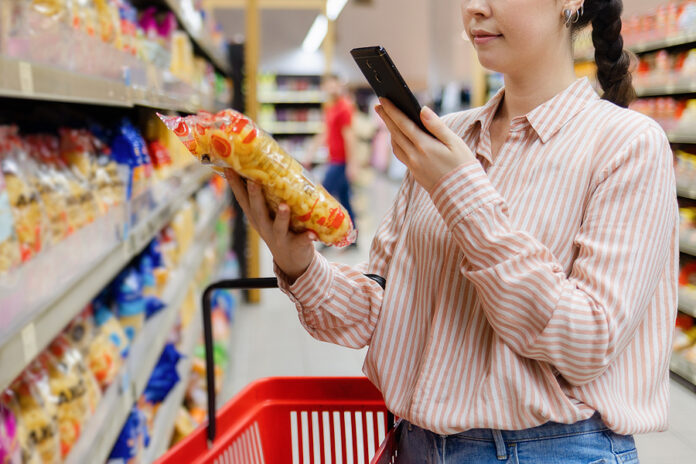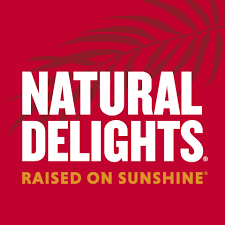
By Sharat Potharaju, co-founder and CEO of Beaconstac
A recent CMSWire survey found that ratings and product reviews are migrating beyond online stores and heading to the physical shelf. Nearly 40% of retailers plan to implement product information systems, and almost 35% will use content management systems (CMS), both of which can share product information with in-store shoppers.
This trend means consumers will have more access to the social proof element — ratings and reviews — e-commerce conversions rely on. But brands are wary of using technology that may complicate the customer experience.
The ubiquity of newer technology like quick response (QR) codes, however, makes it possible for retailers and brands to deliver information seamlessly to consumers while still offering a smooth customer experience.
The value of UGC
User-generated content (UGC) works. It refers to all content a product user creates, including Q&As, social posts, ratings, and reviews. While historically B2C brands used UGC as a marketing tactic, B2B companies have noted its potential to drive more interest — and purchases.
Consider how frequently we reach out to others for advice and input on items we’re considering buying. We seek honest feedback, including pictures of what an item might look like in the “real world” versus a photoshoot, whether it’s clothing or furniture, drinks or food, and more.
UGC offers multiple benefits for B2C and B2B brands by:
- Maximizing their reach across social media among networks of people unfamiliar with the brand.
- Elevating customers front and center, which humanizes marketing and sales efforts.
- Leveraging the fact that people trust others and view the content that customers, brand evangelists, and even influencers generate as more authentic.
This content type helps build trust, with 76% of customers purchasing a product based on a recommendation and 72% believing in customer testimonials more than brands speaking for themselves. UGC acts as a signal of trust, and marketers have taken note.
Add UGC and product information to shelves
In-store shoppers have higher expectations than ever. They want access to the same product information and insights available on website product pages, from detailed descriptions to user-generated ratings and reviews. In fact, 84% of respondents in one consumer survey said they trust brands using UGC more than brands that don’t. And 70% of customers look for reviews when evaluating whether to purchase.
Consumers’ approach to shopping has evolved significantly over the past few years. We can attribute some of the change to online shopping necessitated by the pandemic, but while they’ve returned to brick-and-mortar stores, most customers continue to take an omnichannel approach. For example, a whopping 90% of shoppers consult their smartphones to look up product information when shopping in a physical retail store.
Consumers already use personal technology to access information — including reviews and UGC — while browsing shelves. Retailers and brands can capitalize on this trend by anticipating customers’ needs and providing this content in person.
Dynamic QR codes help get the word out
Enter QR codes. Think of these codes as a barcode on steroids. Unlike a barcode, which won’t scan if part of it is obscured or missing, a dynamic QR code will work even if part is blocked or otherwise hidden. The uses for these pixelated black squares are limited only by the imagination — connecting customers to a brand’s website, enabling businesspeople to exchange contact information, allowing visitors to connect to WiFi without manually entering passwords, providing information about museum exhibits, and so much more.
Why not put these digital heavy lifters to work in another way? eMarketer predicts that over 99 million Americans will use a smartphone to scan QR codes by 2025. Marketers must capitalize on this opportunity by adding QR codes to product packaging — it’s an easy, accessible way to share information with consumers.
“Smart” packaging enhances the customer experience and improves customer engagement. Adding or embedding QR codes into product packaging that consumers can scan in the aisle empowers them to learn more about a product’s origin and contents, participate in customer loyalty programs, take advantage of discounts and coupons, and access product-related videos and instructions.
Another valuable use? Connecting shoppers to UGC, including customer reviews and feedback. QR codes provide another avenue for those seeking:
- Definitive social proof that a brand delivers on its promise.
- A community of like-minded consumers passionate about the brand.
- Assurance they can trust the brand because others have had good experiences.
The moral of this story? Offering a better customer experience at the shelf increases consumer trust in the brand and drives more conversions. Dynamic QR codes placed on product packaging and linking customers to UGC deliver additional value and insights when in-person shoppers need it most: during the moment of truth when they’re deciding whether to put the item in their cart — or not.
 Sharat Potharaju is the co-founder and CEO of Beaconstac, responsible for crafting the overall strategy and execution. Sharat is dedicated to achieving Beaconstac’s vision to enable digital connection with every physical object and place on the planet. Prior to his entrepreneurial career, Sharat spent a few years working in investment banking at Merrill Lynch in New York. Sharat holds a master’s degree in engineering management from Duke University and a bachelor’s degree in engineering from the Indian Institute of Technology (IIT) Madras.
Sharat Potharaju is the co-founder and CEO of Beaconstac, responsible for crafting the overall strategy and execution. Sharat is dedicated to achieving Beaconstac’s vision to enable digital connection with every physical object and place on the planet. Prior to his entrepreneurial career, Sharat spent a few years working in investment banking at Merrill Lynch in New York. Sharat holds a master’s degree in engineering management from Duke University and a bachelor’s degree in engineering from the Indian Institute of Technology (IIT) Madras.

Credit: Source link






![[Guide] 5 Reasons Your Business Does or Doesn’t need an ESOP [Guide] 5 Reasons Your Business Does or Doesn’t need an ESOP](https://foodindustryexecutive.com/wp-content/uploads/2024/08/Food-Industry-Executive-696x457.png)






